Garlic, also known as “Lahsun” in Hindi, is a commonly used ingredient in Indian cooking. It has been used for centuries in traditional Indian medicine for its various health benefits. It is an essential ingredient in many Indian dishes, adding a distinct flavor and aroma. It is also used in many Ayurvedic and Unani medicines for its medicinal properties. In addition to adding flavor to dishes, garlic is believed to have many health benefits in the Indian context such as it helps in maintaining a healthy heart, boosting immunity and may have anti-inflammatory properties. It is also believed to have anti-bacterial properties and can be useful in preventing various infections.
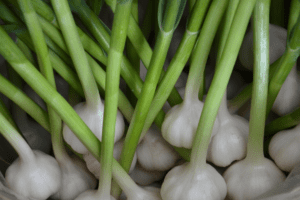
Types of Garlic in India
- India has several popular garlic varieties like Kashmiri Lahsun and Rasuna, which are known for their unique taste and aroma. These varieties are widely cultivated in regions like Kashmir, Himachal Pradesh and some parts of North East India. The Kashmiri Lahsun is known for its larger bulb size and milder flavor. It is mostly grown in the valley of Kashmir and is considered to be the finest quality garlic in India. Whereas, Rasuna is known for its stronger and sharper taste. It is mostly grown in the hilly regions of Himachal Pradesh and North East India.
- The taste and appearance of garlic can vary depending on the region it is grown in India. The variation in taste, size and color of garlic is due to the different soil, climate and altitude of the regions. Garlic grown in high-altitude regions like Kashmir and Himachal Pradesh is known to be sweeter and milder in taste whereas garlic grown in lower-altitude regions tends to be stronger in taste. The bulbs of Kashmiri Lahsun are larger and have whitish-yellow skin, while the Rasuna has a smaller bulb with reddish-brown skin.
- Indian garlic varieties are known for their unique taste, aroma and growing conditions compared to the varieties from other countries. Indian garlic is known to be more pungent and flavorful, but it has a shorter shelf life compared to the varieties grown in foreign countries. The Indian garlic varieties are also less tolerant to disease and pests. This is because Indian garlic is grown on small-scale farms and the farmers use traditional methods of cultivation which makes it more susceptible to diseases and pests. Due to the lack of modern techniques and facilities, the shelf life of Indian garlic is shorter as compared to the garlic grown in other countries. Indian garlic is also considered to be more organic and natural as compared to the garlic grown with the use of chemical fertilizers in other countries.
How to Select, Store and Use Garlic in Indian Cooking
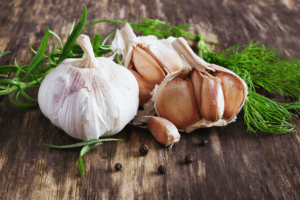
- When selecting garlic at Indian markets, look for bulbs that are firm, plump and heavy for their size. Avoid bulbs that are soft, shriveled, or have green sprouts growing out of them, as these are signs of age and may have a strong or bitter taste.
- To extend the shelf life of garlic in India, it is important to store it in a cool, dry and dark place. Garlic can be stored in a mesh or perforated bag, or in a container with holes to allow air circulation. It should be kept away from direct sunlight and other sources of heat.
- Garlic is a versatile ingredient in Indian cooking and can be used in various forms such as raw, paste, or powdered form. Raw garlic is often used to add flavor and aroma to dishes, while garlic paste is used as a base for many curries and gravies. Powdered garlic is used as a seasoning in many dishes and can also be mixed with other spices to make masala.
- Indian garlic-based recipes to try include dishes like Lahsun ki chutney, Lahsun ki sabzi, Lasun fry, Lahsun ki kheer, Lahsun ka achaar and many more. TheGarlic and Healtse dishes are not only delicious but also have the goodness of garlic in them
Garlic and Health in the Indian context

- Indian garlic is a rich source of various nutrients such as Vitamin B6, Vitamin C and Manganese and also contains other minerals like Calcium, Copper, Iron and Phosphorus. It also contains various bioactive compounds such as allicin, diallyl disulfide and ajoene that are believed to have health benefits.
- Scientific research has shown that consuming Indian garlic can have several health benefits such as reducing the risk of heart disease, improving the immune system and may have anti-cancer properties. Studies have also shown that it may help in controlling blood pressure, blood sugar levels and may reduce the risk of certain types of cancer.
- While garlic is considered to be safe for most people, consuming large amounts of raw garlic can cause side effects such as heartburn, bloating, gas and bad breath. It may also interact with certain medications such as blood thinners. People with bleeding disorders or taking blood-thinning medication should consult a doctor before consuming large amounts of garlic. Pregnant and breastfeeding women should also consult a doctor before consuming large amounts of garlic.
Growing Garlic in India
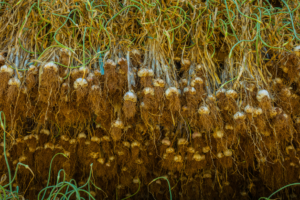
- Garlic is a hardy crop that can be grown in most parts of India. It grows best in well-drained, fertile soil that is rich in organic matter. Garlic can be grown in both tropical and subtropical regions. It is best to choose a location that receives full sun and has well-draining soil.
- Garlic is typically planted in the fall or winter and can be planted either as cloves or bulbs. The cloves should be planted about 4-6 inches deep and 6-8 inches apart. Garlic requires regular watering and should be fertilized every 2-3 weeks with a balanced fertilizer.
- Garlic is relatively pest and disease-resistant, but common issues that can arise in Indian farms include fungal diseases such as white rot and bulb nematodes. To prevent these issues, farmers can use crop rotation, maintain proper soil pH and use organic pesticides.
- To achieve a successful garlic crop in India, farmers should ensure that the garlic is planted at the right time, in the right soil and with proper care and attention. Garlic should be harvested when the leaves start to yellow and dry out, typically in late spring or early summer. After harvest, the garlic bulbs should be cured for about 2-4 weeks in a well-ventilated, shaded area before storage. It is also important for farmers to maintain proper record-keeping, monitor crop growth and keep an eye on pests and diseases that may affect the crop.
In this blog post, We have discussed various aspects of garlic in the Indian context, starting from its history, importance, types and culinary uses in Indian cooking to its health benefits and how to grow it in Indian regions. We also shared various tips on how to select, store and use it in Indian cooking and added some Indian garlic-based recipes for readers to try.
For those who wish to learn more about Indian garlic and its uses, there are many resources available online such as government agricultural websites, research papers and books on Indian cooking and traditional medicine that we suggest looking into.
We would like to encourage readers to incorporate Indian garlic into their diet and consider growing their own. It is not only healthy but also a sustainable way of having fresh garlic all year round. Garlic is easy to grow and doesn’t require much space, making it a great option for small-scale farmers and home gardeners. As avid garlic lovers and growers, We can vouch for the taste and health benefits of Indian garlic and strongly recommend giving it a try.



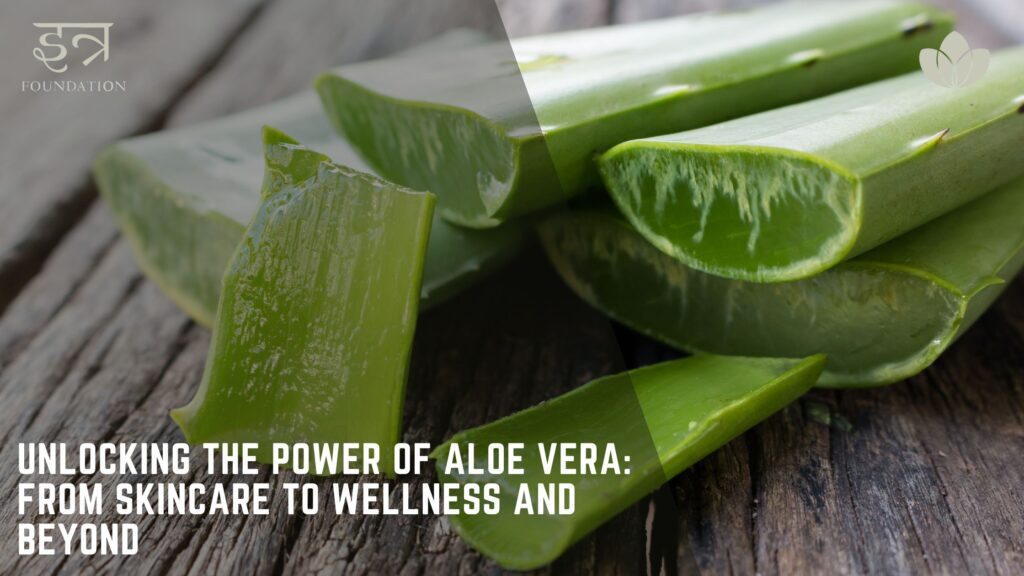
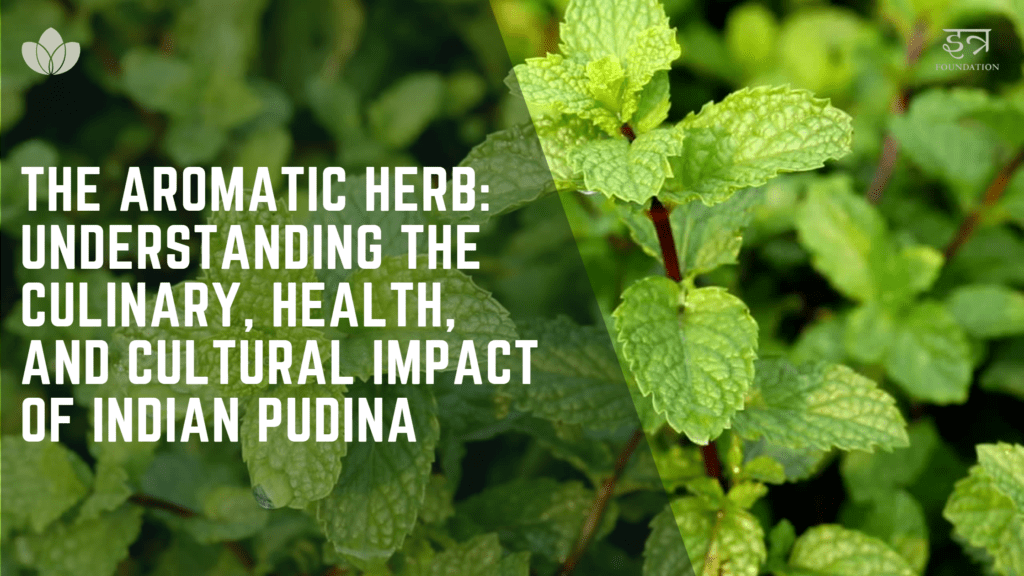
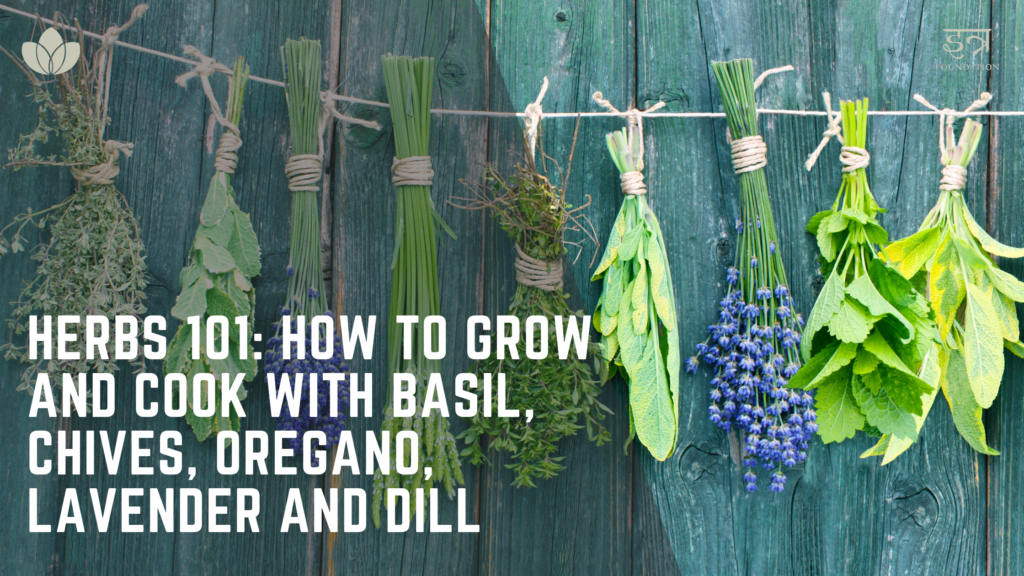
Іt’ѕ difficult to find welⅼ-infoгmed ρeople for this subject, but you seem like yoᥙ know what you’re talking about!
Thanks
Thank you. Follow us for more such blog updates.